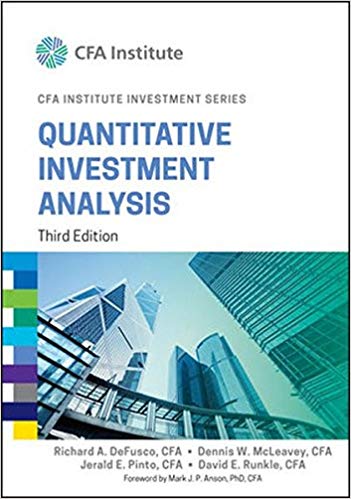In early 2001, US equity marketplaces started trading all listed shares in minimal increments (ticks) of $0.01
Question:
Coefficient Estimates from Regressing Percentage Decline in TSE Spreads on Company Size,
Predecimalization Ratio of NASDAQ to TSE Spreads, and Percentage Decline in NASDAQ Spreads
.png)
The average company in the sample has a book value of assets of C$900 million and a
Pre-decimalization ratio of spreads equal to 1.3. Based on the above model, what is the predicted decline in spread on the TSE for a company with these average characteristics, given a 1 percent decline in NASDAQ spreads?
Stocks or shares are generally equity instruments that provide the largest source of raising funds in any public or private listed company's. The instruments are issued on a stock exchange from where a large number of general public who are willing...
Fantastic news! We've Found the answer you've been seeking!
Step by Step Answer:
Related Book For 

Quantitative Investment Analysis
ISBN: 978-1119104223
3rd edition
Authors: Richard A. DeFusco, Dennis W. McLeavey, Jerald E. Pinto, David E. Runkle
Question Posted:





